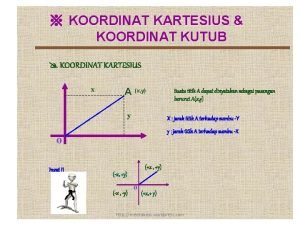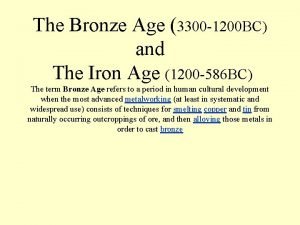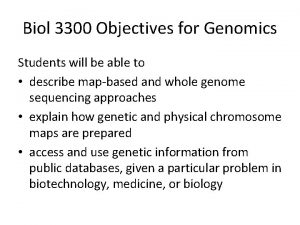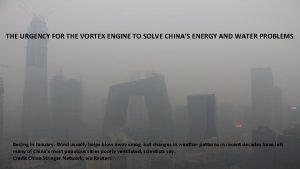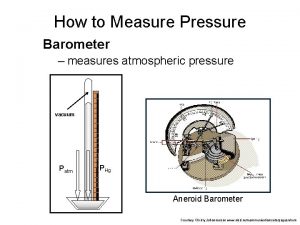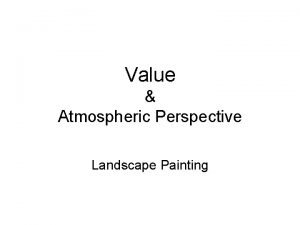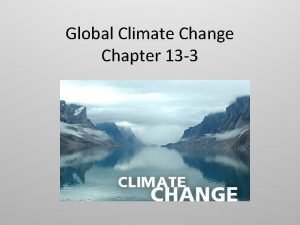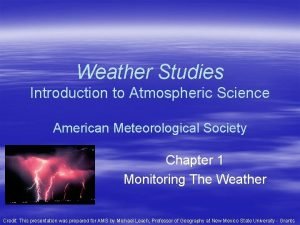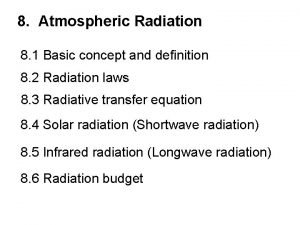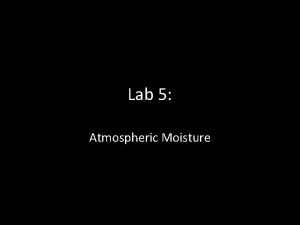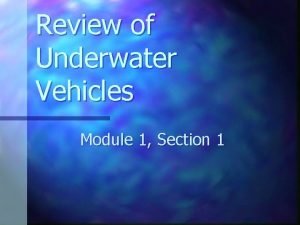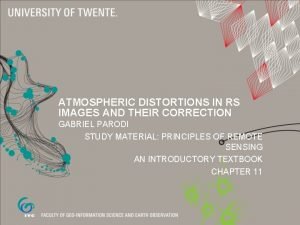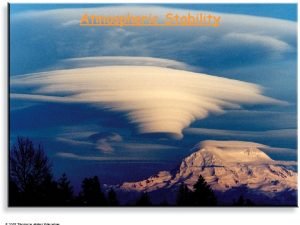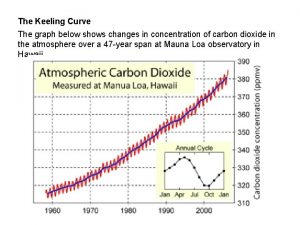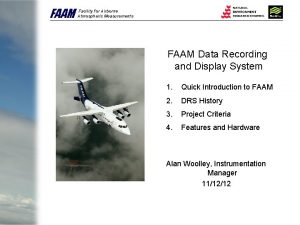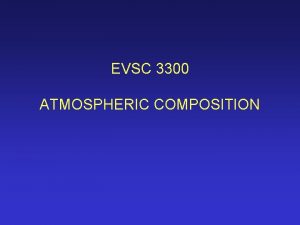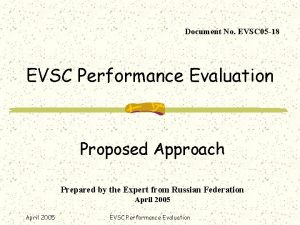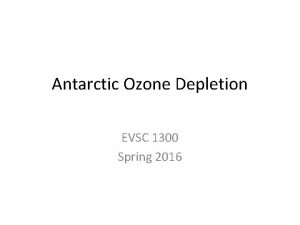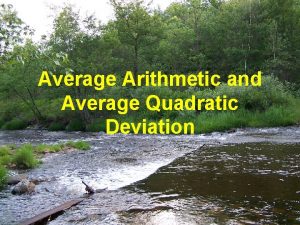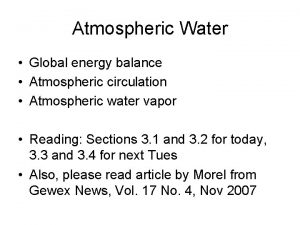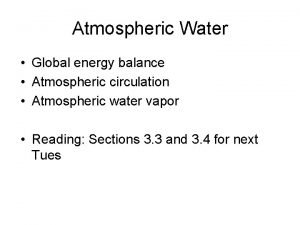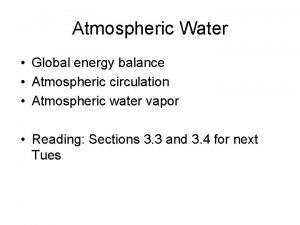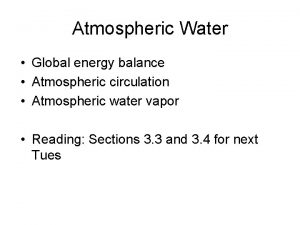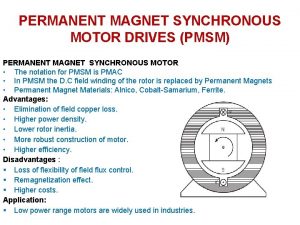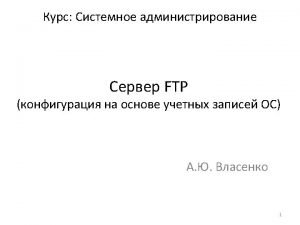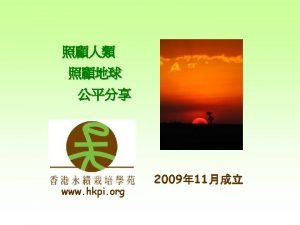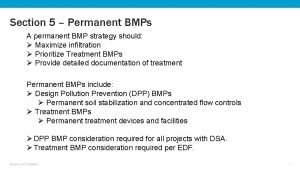EVSC 3300 ATMOSPHERIC COMPOSITION Average Atmospheric Composition Permanent










![Vertical Structure of the Atmosphere = resultant force [Newtons, N = kg m/s 2] Vertical Structure of the Atmosphere = resultant force [Newtons, N = kg m/s 2]](https://slidetodoc.com/presentation_image_h2/0656a30d203343d075f4583ef6372c87/image-11.jpg)













- Slides: 24

EVSC 3300 ATMOSPHERIC COMPOSITION

Average Atmospheric Composition Permanent Variable

SOURCE (to atmosphere) N 2 O 2 • Denitrification by anaerobic bacteria in decaying plants/animals • Respiration • Combustion • Fixed by soil bacteria • Fixed by ocean phytoplankton • Lightning • Aerobic bacterial processes • Combustion • Respiration (oxidation: food to energy) • Ocean phytoplankton • Photosynthesis 6 CO 2 + 6 H 2 O CO 2 SINK (removal from atmosphere) Vis. light C 6 H 12 O 6 + 6 O 2 • Photosynthesis • Fixation by ocean phytoplankton • Dissolved directly into ocean surface STORAGE: limestone sediments, marine shells, fossil fuels

Mauna Loa Carbon Dioxide Record Pre-industrial background 280 ppm Current level 412 ppm

2020 so far mean seasonal cycle (gray=1 standard deviation) https: //www. esrl. noaa. gov/gmd/ccgg/covid 2. html

SOURCE (to atmosphere) CH 4 N 2 O O 3 SINK (removal from atmosphere) • Anaerobic processes (wetlands, rice paddies) • Bovine flatulence • Termites • Biomass burning • Bacteria in soils/oceans (nitrification) • Combustion (cars, biomass) • Fertilizers O 2 + O O 3 • Interaction with hydroxyl in atmosphere • Soils CH 4 + OH CH 3 + H 2 O • Stratospheric photochemistry (converted to NOx) O 3 + uv O 2 + O Also chlorine, bromine, NOx H 2 O • Evaporation from open water • Sublimation (from ice) • Transpiration (through plants) • Condensation onto surfaces • Precipitation • Deposition

Greenhouse Gas Trends Since 1979 Montreal Protocol (NOAA: Earth System Research Laboratory)

Average Atmospheric Composition Permanent Variable CF 2 Cl 2; CFCl 3

Aerosols

If you are reading along in the textbooks, I will periodically provide updates in the slideshows regarding the sections that have just been covered: N = Neiburger A = Ahrens The previous material on atmospheric composition is N (pp. 32– 36), A (pp. 4– 10)
![Vertical Structure of the Atmosphere resultant force Newtons N kg ms 2 Vertical Structure of the Atmosphere = resultant force [Newtons, N = kg m/s 2]](https://slidetodoc.com/presentation_image_h2/0656a30d203343d075f4583ef6372c87/image-11.jpg)
Vertical Structure of the Atmosphere = resultant force [Newtons, N = kg m/s 2] = mass [kg] = acceleration [m/s 2] Pressure (p) is weight of air (force) acting per unit area (A) = Pa (Pascals)

Mercury Barometer

Variation of Pressure/Density with Height

Station vs. Sea-level Pressure correction for station elevation resulting map of sea-level pressure variations (surface map) station pressure—barometer measurement

“Tawny” Kitten (a. k. a. “Tawny Mocha Chip Marshmallow Paws”)

How thick is Earth’s atmosphere? (Or how high is the top? ) Light is not scattered (sky is dark) at 80 km (50 miles) 99% of the total mass of the atmosphere can be found below 31 km Atmospheric gasses are well-mixed below 100 km (60 miles) = homosphere (above homosphere, separated by molecular weight = heterosphere)

VARIATION OF PRESSURE/DENSITY WITH HEIGHT

Mean Sea-level Pressure in Various Units VALUE 101. 325 k. Pa 1013. 25 h. Pa** 101, 325 Pa 101, 325 Nm– 2 101, 325 kgm– 1 s– 2 1. 033227 kgcm– 2 UNITS kilo. Pascals hecto. Pascals Newtons per square meter kg-mass per meter per second squared kg-force per meter per second squared 1013. 25 mb** 1. 01325 bar 1. 033227 atm 14. 69595 psi 2116. 22 psf 760 Torr millibars atmosphere pounds-force per square inch pounds-force per square foot Torr Measured in a liquid in glass barometer: 29. 92126 in Hg inches of mercury 760 mm Hg millimeter of mercury 33. 89854 ft H 2 O feet of water 10. 33227 m H 2 O meters of water **know this one! Note: 100 Pa = 1 mb

Variation of Pressure with Height Pressure can be used as a meaningful vertical scale. N (94– 96, 99– 101) A (202– 206)

Average Vertical Temperature Structure of Atmosphere B A A: Homosphere B: Heterosphere

Lapse rate: rate of temperature decline with height troposphere: g =6. 5°C/km (5. 5°F/1000 feet) Inverted lapse rate (“inversion”): temperature increases with height = = At a given pressure, cold air is denser than warm air ht. warm cold warm STABLE UNSTABLE

Average Vertical Temperature Structure of Atmosphere B A A: Homosphere B: Heterosphere

Northern Hemisphere Temperature, by Latitude and Altitude 230 210 230 250 250 272 stratopause 284 270 250 210 230 210 202 210 stratopause 270 250 230 270 250 tropopause 230 N (36– 47); A (10– 17) 210 230 250 270 290 230 210 230 250 270 290 201 tropopause 230 250 270

Scales of Motion
 Evsc north high school
Evsc north high school Adrian router
Adrian router 3300 bc
3300 bc Koordinat kutub titik (-1 -√3) adalah
Koordinat kutub titik (-1 -√3) adalah The three age system
The three age system Vigor 3300
Vigor 3300 Tekvpn
Tekvpn Biol 3300
Biol 3300 Second equation of motion
Second equation of motion Atmospheric vortex engine
Atmospheric vortex engine It measures atmospheric pressure
It measures atmospheric pressure Atmospheric convection
Atmospheric convection Apes unit 2
Apes unit 2 Atmospheric perspective landscape
Atmospheric perspective landscape Stellar heaven
Stellar heaven Atmospheric pressure at different altitudes
Atmospheric pressure at different altitudes Atmospheric carbon dioxide graph
Atmospheric carbon dioxide graph Weather studies introduction to atmospheric science
Weather studies introduction to atmospheric science Atmospheric
Atmospheric Lab 5 atmospheric moisture
Lab 5 atmospheric moisture Atmospheric diving suit
Atmospheric diving suit Atmospheric distortion correction
Atmospheric distortion correction Unstable equilibrium meaning
Unstable equilibrium meaning The graph below shows atmospheric carbon dioxide
The graph below shows atmospheric carbon dioxide Facility for airborne atmospheric measurements
Facility for airborne atmospheric measurements



